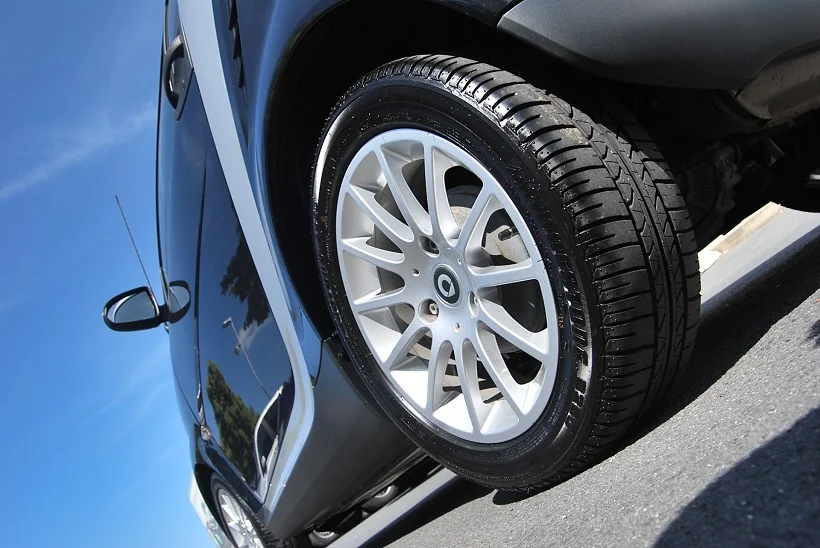Tire pressure sensors, also known as TPMS (Tire Pressure Monitoring System) sensors, are typically located inside the wheels of a vehicle. There are two main types of TPMS sensors: direct and indirect.
Direct TPMS sensors: These sensors are mounted on the inside of the wheel rim, typically attached to the valve stem or integrated with the wheel itself. They directly measure the tire pressure and transmit the data wirelessly to the vehicle's TPMS control module, which then displays the information on the dashboard.
Indirect TPMS sensors: These sensors do not actually measure the tire pressure, but instead use the vehicle's anti-lock braking system (ABS) to monitor the wheel speed and detect changes in tire diameter, which can indicate a change in tire pressure. Indirect TPMS sensors are usually located within the wheel wells or near the wheel hubs, and they communicate with the TPMS control module through the vehicle's internal communication network.
The specific location of TPMS sensors can vary depending on the make and model of the vehicle, but they are generally installed on each wheel, typically on the inside of the wheel rim or within the wheel well area. In some cases, TPMS sensors may be integrated with the valve stem, while in others, they may be attached to the wheel itself or mounted separately. It's best to refer to the vehicle's owner's manual or consult with a professional mechanic for precise information on the location of TPMS sensors in a particular vehicle.
How does tire pressure sensor work
A tire pressure sensor, also known as a tire pressure monitoring system (TPMS), works by using a sensor to measure the air pressure in each tire of a vehicle. There are two types of TPMS systems: direct and indirect.
A direct TPMS system uses sensors that are mounted inside each tire on the valve stem. These sensors measure the tire pressure and transmit the information to the vehicle's onboard computer. The computer can then display the tire pressure readings on the dashboard or provide a warning if the tire pressure is too low. Direct TPMS systems are more accurate and reliable than indirect systems.
An indirect TPMS system uses the vehicle's antilock braking system (ABS) sensors to monitor the rotational speed of each wheel. If a tire is underinflated, its diameter will be smaller than the other tires, and the rotational speed will be different. The ABS sensors detect this difference and alert the vehicle's onboard computer, which can then provide a warning if the tire pressure is too low. Indirect TPMS systems are less accurate than direct systems, as they cannot detect the exact tire pressure and may provide false warnings if other factors affect the wheel's rotational speed.
In both types of TPMS systems, the sensors can alert the driver if the tire pressure is too low, which can help prevent accidents and prolong the life of the tires. It's important to note that TPMS sensors require maintenance and may need to be replaced periodically, as they can become damaged or worn over time.
How much are tire pressure sensors
The cost of tire pressure sensors can vary depending on the make and model of the vehicle, as well as the type of sensor. On average, a single tire pressure sensor can cost anywhere from $50 to $100. However, some sensors may cost more, particularly if they are designed for specialized applications, such as high-performance vehicles or heavy-duty trucks. Additionally, the cost of installation may also be a factor to consider. It's always a good idea to check with a local automotive parts supplier or mechanic to get a more accurate estimate based on your specific needs.
Help us expand the people we help by sharing this information with others. Thank you !!!




Share with us what you think about this topic to provide another reader more information that this article should have covered.